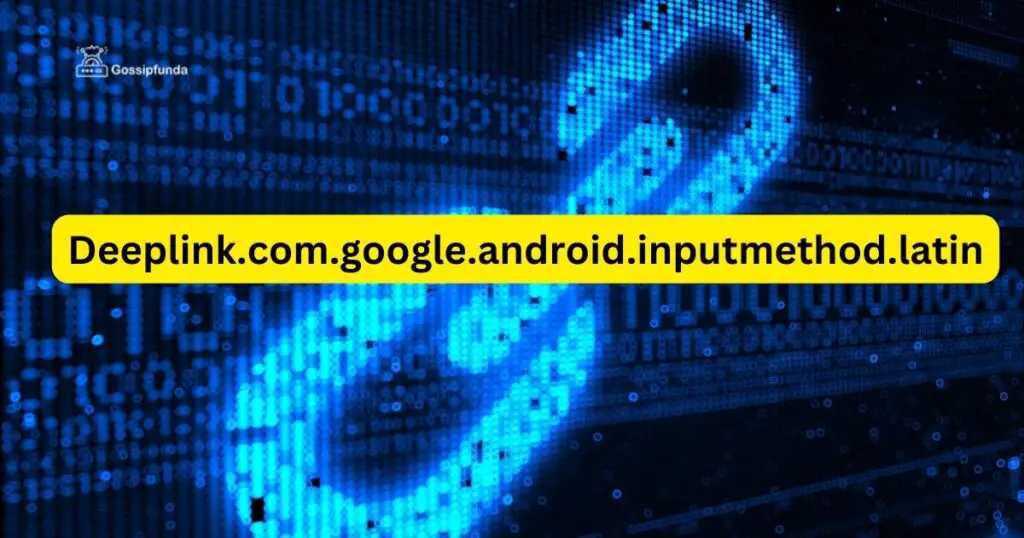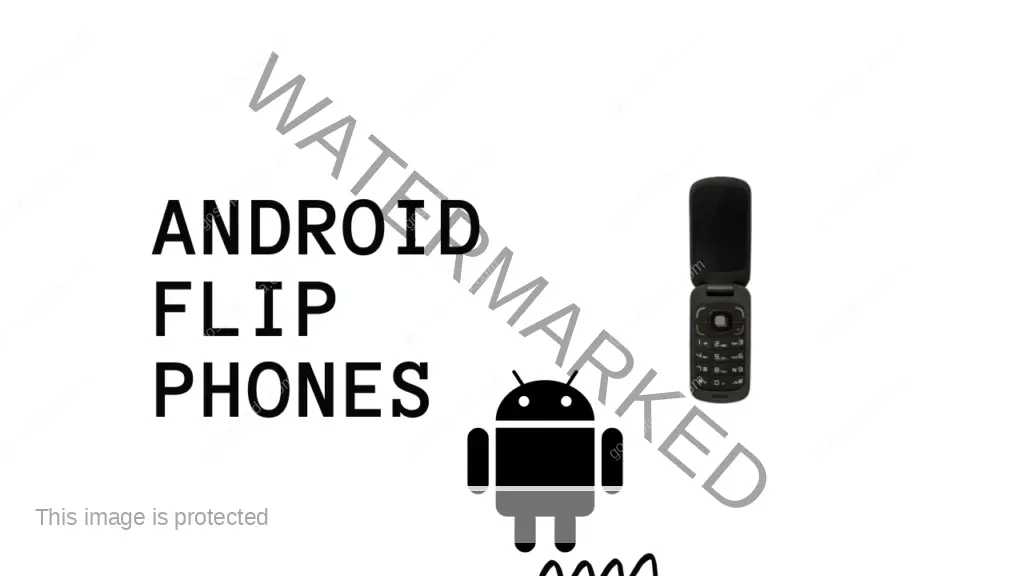In the ever-evolving digital landscape, deep links have become a pivotal aspect of enhancing user experience, especially in mobile applications. One such deep link that catches the attention of developers and tech enthusiasts alike is deeplink.com.google.android.inputmethod.latin. This intricate component plays a vital role in the Android ecosystem, specifically in the realm of input methods. In this comprehensive guide, we’ll explore the various facets of this deep link, understanding its significance and impact on the Android platform.

Understanding Deep Links in Android
Deep links are essentially URLs that direct users to specific content within a mobile application, bypassing the need to navigate through the app from the beginning. In Android, these links are instrumental in creating seamless user experiences. The deeplink.com.google.android.inputmethod.latin is a specialized link that pertains to the Latin Input Method in Android devices. It’s crucial for facilitating text input, ensuring a smooth and efficient typing experience for users.
Don’t miss: Error 0x00000709 while connecting to printer
The Role of Latin Input Method in Android
The Latin Input Method, as suggested by the deeplink, refers to the keyboard layout and functionality that supports Latin-based languages. This input method is fundamental to the vast majority of Android users who interact with their devices in languages like English, Spanish, French, and more. Understanding the mechanics and optimizations of this input method can significantly enhance the user interface and experience.
Integration and Optimization of Latin Input Method
Integrating and optimizing the Latin Input Method within Android applications is a task that requires attention to detail. Developers must ensure that this input method is not only seamlessly integrated but also optimized for various devices and screen sizes. This optimization is crucial for maintaining user engagement and providing a hassle-free typing experience.
The Impact of Deep Links on User Experience
Deep links have a significant impact on user experience in mobile applications and websites, primarily by enhancing navigation and streamlining access to specific content or features. Here’s a breakdown of how they influence the user experience:
- Direct Navigation to Specific Content: Deep links allow users to bypass the home page or menu of an app or website, taking them directly to a particular page, section, or function. This saves time and effort, making the experience more convenient and user-friendly.
- Increased Engagement and Retention: By simplifying the journey to relevant content, deep links can increase user engagement. Users are more likely to stay and interact with an app or website if they can easily find what they’re looking for.
- Improved User Flow and Intuitiveness: Deep links make the navigation intuitive. Users feel more in control as they can jump directly to the content they need without navigating through multiple pages or menus.
- Enhanced Marketing and Communication: Deep links are invaluable in marketing. They can be used in emails, social media, and other platforms to direct users to specific promotions, products, or features, thus increasing the effectiveness of marketing campaigns.
- Personalization: Deep linking can be used to create a personalized user experience. Based on user preferences or past behaviors, links can direct users to content that is most relevant to them, enhancing satisfaction and loyalty.
- Seamless Integration with Other Applications: Deep links enable seamless interaction between different applications, making the user experience more cohesive. For example, a link in an email can open a specific page in a mobile app instead of a web page.
In summary, deep links significantly improve the user experience by providing quick, direct access to specific content, enhancing navigation, personalization, and overall engagement with the application or website.
Challenges and Best Practices in Implementing Deep Links
Implementing deep links comes with its set of challenges, but adhering to best practices can help overcome these hurdles effectively. Here’s an overview of the challenges and best practices:
Challenges in Implementing Deep Links
- Complex Integration: Integrating deep links can be technically complex, especially in apps with a lot of content or those that haven’t been designed with deep linking in mind.
- Maintaining Consistency Across Platforms: Ensuring that deep links work consistently across various platforms and devices can be challenging.
- User Privacy Concerns: Deep links can sometimes raise privacy concerns, as they can potentially expose user data if not handled securely.
- Handling Outdated Links: Over time, content and app structures change, which can render some deep links obsolete or broken.
- Balancing User Experience and Marketing Goals: While deep links are useful for marketing, overusing them or using them inappropriately can disrupt the user experience.
Best Practices in Implementing Deep Links
- Plan Before Implementing: Define a clear strategy for using deep links. Identify which parts of the app will benefit most from deep linking.
- Ensure Compatibility Across Devices and Platforms: Test deep links on different devices and operating systems to ensure they work consistently.
- Prioritize User Security and Privacy: Implement security measures to protect user data and ensure that deep links do not expose sensitive information.
- Regularly Update and Test Deep Links: Keep track of changes in your app’s content and structure, and update deep links accordingly to avoid dead links.
- Use Deep Links Intelligently for User Engagement: Integrate deep links in a way that enhances the user experience, such as easing navigation to relevant content, rather than just for promotional purposes.
- Educate Your Team: Ensure your development and marketing teams understand the best practices and potential pitfalls of deep linking.
- Monitor and Analyze Performance: Regularly check the performance of your deep links to understand how they are being used and how they can be improved.
- Seamless User Experience: Ensure that the transition from the link to the app is smooth and doesn’t disrupt the user’s journey.
By addressing these challenges and adhering to best practices, you can effectively leverage deep links to enhance user experience, improve app navigation, and support your marketing efforts.
Future Trends and Innovations in Android Input Methods
The world of Android input methods is continuously evolving. With advancements in technology, we can expect to see more innovations that will further enhance typing experiences on Android devices. This section will explore potential future trends and how they could transform the way we interact with our devices.
Conclusion
The deeplink.com.google.android.inputmethod.latin is more than just a URL; it’s a gateway to understanding the complexities and advancements in Android input methods. Through this deep dive, we’ve uncovered its significance, challenges, and the potential future it holds. As technology continues to advance, the importance of such components in creating user-centric and efficient mobile experiences cannot be overstated. The journey through the labyrinth of deep links and input methods in Android is an ongoing one, with each step opening doors to new possibilities and enhancements.
FAQs
It’s a deep link related to Android’s Latin Input Method.
It streamlines user navigation to specific app functions.
Mainly for apps requiring advanced text input features.
Use Android’s deep linking capabilities in your app’s code.
Prachi Mishra is a talented Digital Marketer and Technical Content Writer with a passion for creating impactful content and optimizing it for online platforms. With a strong background in marketing and a deep understanding of SEO and digital marketing strategies, Prachi has helped several businesses increase their online visibility and drive more traffic to their websites.
As a technical content writer, Prachi has extensive experience in creating engaging and informative content for a range of industries, including technology, finance, healthcare, and more. Her ability to simplify complex concepts and present them in a clear and concise manner has made her a valuable asset to her clients.
Prachi is a self-motivated and goal-oriented professional who is committed to delivering high-quality work that exceeds her clients’ expectations. She has a keen eye for detail and is always willing to go the extra mile to ensure that her work is accurate, informative, and engaging.



